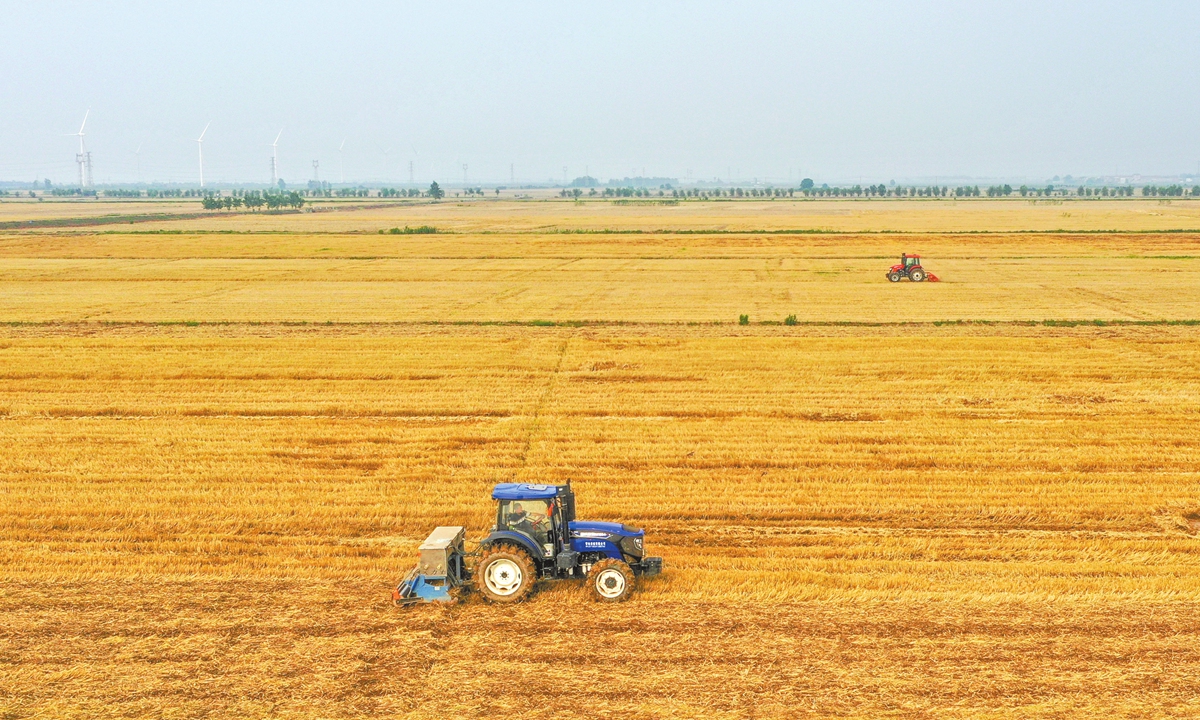Boosting Kiwi Farms: How China's Smart Moves Could Impact Soybean Supply and New Zealand's Agricultural Future

China's Soybean Strategy: A Ripple Effect for New Zealand
China, the world's biggest soybean buyer, faces a constant challenge: balancing massive demand with a reliable supply. Recent years have seen fluctuating prices and concerns about sourcing, prompting a strategic shift that's gaining traction. But what does this mean for New Zealand? While we aren't a major soybean producer, China's agricultural innovation and policy decisions can have surprising implications for our own farming sector and global trade dynamics.
Regional Strengths & Technological Advancement
China isn't relying on a single solution. They're actively leveraging regional strengths, embracing cutting-edge technology, and implementing targeted policies to bolster their soybean production and resilience. The focus is on developing soybean varieties better suited to diverse climates within China. This includes exploring drought-resistant strains for regions facing water scarcity and cold-tolerant varieties for northern provinces.
Crucially, they're investing heavily in agricultural technology. Think precision farming techniques, utilizing drones for crop monitoring, and employing advanced data analytics to optimize planting and harvesting schedules. These advancements aren't just about increasing yields; they’re about improving efficiency and reducing environmental impact – a growing priority for the Chinese government.
Policy Tools for Stability
Beyond production, China is employing a range of policy tools to manage supply and demand. These include strategic stockpiling, encouraging domestic planting through subsidies, and diversifying import sources. They're also actively negotiating trade agreements to secure access to soybean supplies from countries like Brazil, Argentina, and increasingly, smaller producers. Furthermore, China is supporting research into alternative protein sources, like plant-based proteins, which could, in the long term, reduce their dependence on imported soybeans.
The Kiwi Connection: Opportunities and Considerations
So, how does all this impact New Zealand? Firstly, China's increased focus on domestic soybean production could potentially reduce their overall import demand, which could influence global soybean prices. While New Zealand doesn't directly export soybeans to China in significant quantities, fluctuations in global commodity markets inevitably affect our agricultural exports.
Secondly, China’s technological advancements in agriculture offer valuable lessons for New Zealand farmers. Adopting similar precision farming techniques could improve our own agricultural productivity and sustainability. Furthermore, the emphasis on diversifying import sources could create opportunities for New Zealand to explore and expand trade relationships with other agricultural producers.
Finally, the growing interest in alternative protein sources presents a unique opportunity for New Zealand's innovative food sector. Our reputation for high-quality, sustainable food production positions us well to capitalize on the demand for plant-based alternatives, potentially reducing the pressure on traditional soy markets.
Looking Ahead: A Dynamic Landscape
China’s soybean strategy is a complex and evolving one. Its success will depend on a number of factors, including technological breakthroughs, climate conditions, and global trade dynamics. However, one thing is clear: China's actions will continue to shape the global agricultural landscape, with implications for farmers and food producers around the world, including those right here in New Zealand. Staying informed and adapting to these changes will be crucial for ensuring the long-term success of our agricultural sector.





